Urban Development and Transformation Processes
The first things a visitor to Yangon (the former capital of Myanmar, originally Rangoon) notices are construction cranes spiking the skyline and cars jamming the streets. But they also get to see beautiful trees, expansive green spaces and the brown swirling waters of the massive rivers encircling the city. Above all, the iconic Shwedagon Pagoda continues to dominate the cityscape in spite of the large number of shining new high rises. The vision for the Strategic Urban Development Plan of Greater Yangon or Structure Plan, ‘Yangon 2040, The Peaceful and Beloved Yangon, A City of Green and Gold’ is inspired by images of lush green spaces and the golden Shwedagon Pagoda. It also refers to democratisation and ownership of the city by its citizens. This aspirational vision is by no means easy to achieve considering the inadequate framework of planning laws and regulations to guide and control the rapid process of growth that has been set in motion by Myanmar’s shift to a market economy.
The term ‘triple transition’ is often used to describe the rapid changes that have taken place in the country in the last five years. In 2011, Myanmar switched to a democratic system of governance after years of military rule that began in 1962. This followed quickly after the centrally directed closed economy gave way to a market-oriented system in 2008. The third part of the transition is about peace after 60 years of inter-regional conflicts. Yangon has a special place in Myanmar’s history as the city where the independence movement and the pro-democracy movement took birth and is now at the centre of change. With its port and industries, it has always contributed substantially to the national GDP.
Yangon continues to dominate as the commercial, intellectual and religious capital of the country and the gateway to Myanmar, even though it lost its status as the national capital in 2005, when the military government built the new capital city, Nay Pyi Taw.
The opening up of the economy and liberalisation policies have brought in Foreign Direct Investment (FDI) and domestic investment into industry, services and tourism and has spawned a vibrant real estate sector in high-end residential and commercial development. Condominiums, gated townships, luxury hotels and shopping malls have made a rapid entry into the city. The new developments have of course created jobs and attracted people. One third of Myanmar’s urban population is concentrated in Yangon. It grew from 2.47 million in 1998 to 5.7 million in 2014 and is expected to reach 10 million by 2040, the horizon year of the Structure Plan. The daunting task of upgrading the crumbling old infrastructure of the city and building new infrastructure, including road, rail and water transport networks, as well as securing the city against the possible impacts of climate change has just about begun.
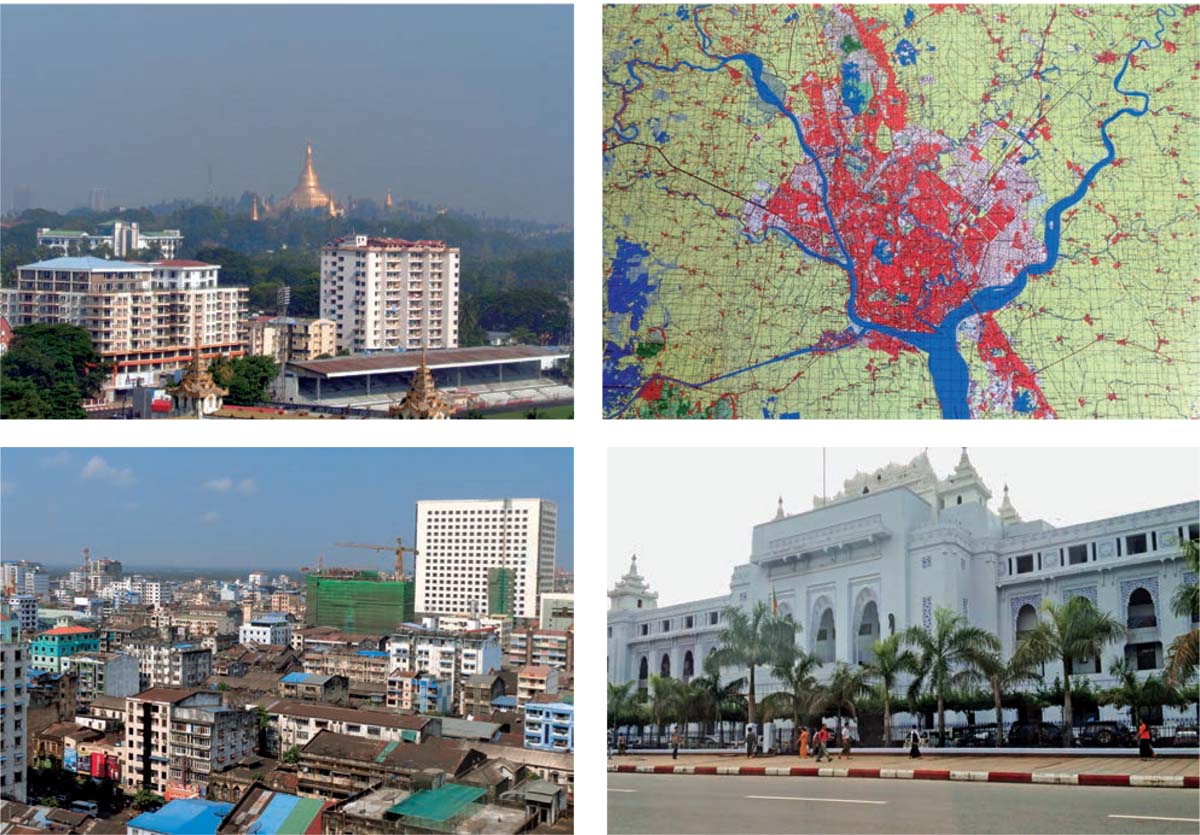
The flipside of progress is very much apparent in the rising cost of living, land speculation and unplanned expansion and densification. Industrialisation without proper environmental safeguards is polluting many parts of the city. The growth story also consists of the burgeoning population of squatter settlements, increased number of forced evictions and the large numbers who eke out a living from informal, low paid and unstable work providing cheap labour to industries. The poverty rate for Yangon Region is estimated at 34%. Starting with a surge of migration from the Ayeyarwady Delta after the devastating Cyclone Nargis in 2008, migrants from small towns and rural areas have continued to flock to Yangon.
A City of Many Parts
But, like all big cities, Yangon too is a city of many parts. In administrative terms, it has 33 townships further subdivided into wards and village tracts, which together constitute the Yangon City Development Committee (YCDC). The Mayor heads YCDC and has ministerial status in the Yangon Regional Government because of the importance of Yangon.
In spatial terms, the city consists of four distinct and different parts. One is the area with the Shwedagon Pagoda, People’s Park, Kan Daw Gyi Lake and several monuments and religious institutions along with low density residential neighbourhoods. Luxury hotels and modern recreation facilities are a recent development here. A civil society movement stimulated a building height restriction in the area to maintain the primacy of the Pagoda. The second part surrounds Inya Lake, a large water body created by the British. This area has foreign missions, the Yangon University and the houses of affluent and local dignitaries like Aung San Su Ky, whose party was instrumental in ending military rule and putting Myanmar on the path to democracy. These areas constitute the inner and outer ring of the city and relate to the ‘green and gold’ of the city vision.
The third, and by far the densest part of the city, is the downtown district or CBD, with 2% of the city area and 10% of its population. Also built by the British in the late 19th and early 20th centuries, it is situated along the Yangon River and is characterised by a grid iron street pattern. The area is remarkable for its colonial heritage of gracious public, commercial and residential buildings built in the Victorian and Edwardian styles, interspersed with parks, pagodas, temples, churches and mosques. Downtown still functions as the cosmopolitan heart of Yangon with its corporate offices, banks, city hall, shopping malls, hotels and vibrant informal street markets and parking lot eateries. The vision of Yangon Heritage Trust is to promote and integrate the unique urban heritage into 21st century Yangon to make it one of Asia’s most liveable cities.
However, the growing commercial interest in the area has already led to demolition and rebuilding as high rises before coherent urban plans and regulations can be put in place. YCDC is grappling with the frequently choked sewers laid down 120 years ago and streets congested with vehicles, vendors and pedestrians. But many people who work and carry on their business downtown do not live there. The Structure Plan mentions that the population growth of this area is zero though activities are concentrated here, while the suburban townships are growing at 6% to 7%
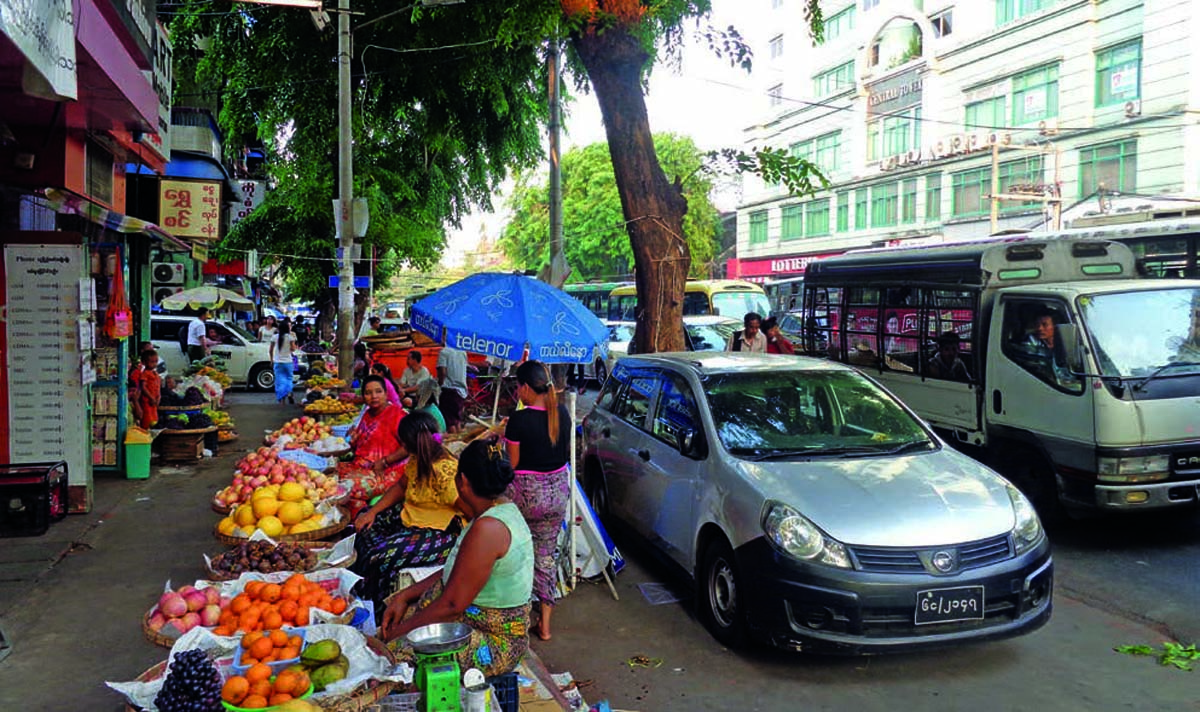
The suburban townships constitute the fourth physical component and were established after 1948, the year of national independence.Starting with early unsuccessful attempts to relocate squatters and slum dwellers from the city centre, townships started being modelled as new towns based on a 1957 policy. The strategy was largely successful in dispersing Yangon’s population and continues till today Townships were developed towards the north mainly because rivers acted as barriers in other directions until after 1993 when a number of bridges were built to open up other areas. 450,000 low income families were resettled in public housing in new towns between 1988 and 2001 alone.
This was accompanied by the setting up of industrial estates, which have attracted considerable private investment, domestic and FDI, in plastic, rubber, food processing and garment industries.
The Structure Plan reinforces this pattern of development by strengthening transport linkages and upgrading the inefficient ring railway system. It proposes to develop new industrial zones and disperse CBD functions into townships. It also proposes the development of new towns, planning for seven of which has already begun.
Even though the suburban townships started as planned settlements, most of them have been overtaken by squatting, informal commerce and manufacturing and unplanned expansion into agriculture land either as speculative real estate deals or as cheap plots and housing for low income families. The original infrastructure is no longer sufficient for the growing population and township budget allocations are not enough even to maintain the existing services. The southern and western townships are not well connected and remain isolated in spite of being part of a metropolitan city.
Need to Invest in Planning Suburban Townships
It is clear that townships will play an important part in the future of Yangon.
Everyone agrees that investing in proper urban planning and strengthening institutions would be critical, especially as townships are now expected to prepare their own development plans within the framework of the Structure Plan. But, upto now, township officers have never been involved in any planning for their townships. Different line departments of the government have taken up projects for housing, industries, health and education etc., while YCDC has provided civic services. The new policies of decentralisation and participatory governance aim to reduce the need for top-down decision making. A positive step is the formation of committees at different levels in townships consisting of government staff, elected representatives and citizens with the purpose of prioritising and solving local problems. However, that does not make up for the lack of the capacity to plan or the lack of clarity in Myanmar about how these plans can be prepared keeping in view local priorities and linking them to larger issues of national, regional and city development. The training in Township Action Planning, conducted by the Institute for Housing and Urban Development Studies (IHS), Rotterdam, in partnership with the Planning Unit of YCDC under the Netherlands Government’s NUFFIC (international co-operation in higher education) programme of Tailor Made Training (TMT), is significant as a starting point in bridging this gap.
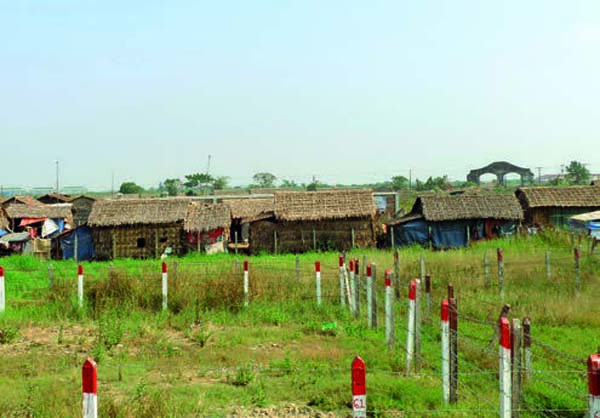 | 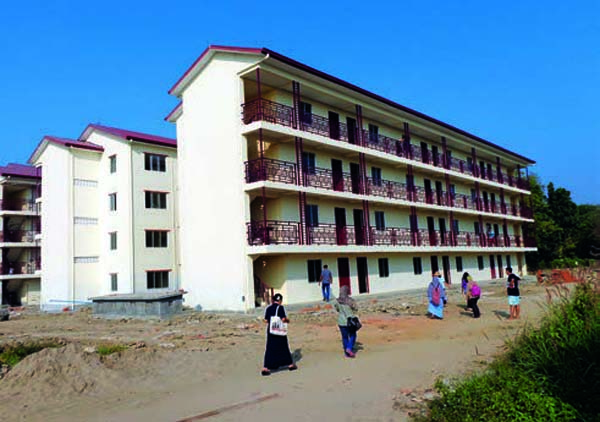 |
Preparing Township Action Plans
The training was organised as a pilot measure for three townships selected by YCDC to represent the typology of townships. The three townships are Dala, a low income residential suburb in South Yangon, Insein, a market town, and Shwe Pyi Thar, an industrial hub in North Yangon. The participants represented a cross section of township level staff and officers from YCDC, General Administration Department (GAD) and Township Committee members. Staff of the YCDC Planning Unit and Department of Urban and Housing Development of the Central Government Ministry of Construction also participated so that they were able to roll over the training to other townships in Yangon and other cities.
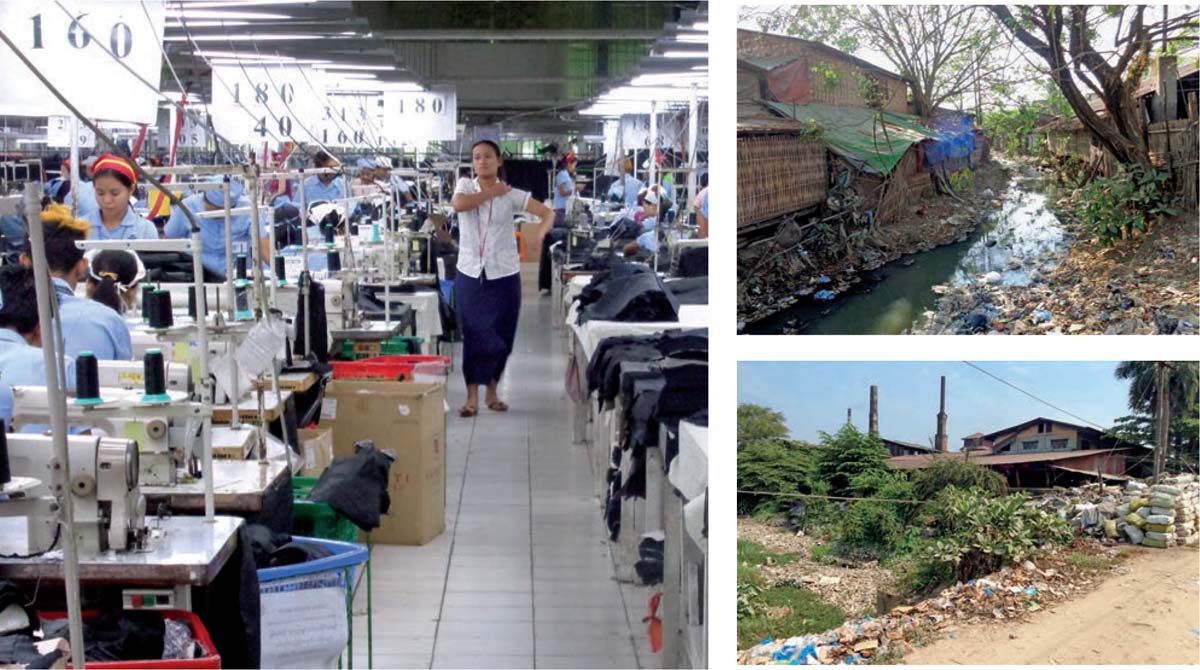
The intention was to support township groups to actually prepare their own action plans using a participatory action planning methodology and focusing on priority areas identified by them. The training was carried out in three weeks spread over three months, with additional working days in between for local consultation meetings and data collection in townships. Considering the lack of planning experience among participants, time tested hands on techniques were simplified and used for problem identification, analysis, prioritisation and planning in a step-by-step process. At the end of week three, the Township action plans were ready and presented to the new Mayor of Yangon and officers from YCDC and the Regional Government.
A number of common problems were articulated by the three township groups. These include: inadequate water supply, chronic flooding in the rainy season because of blocked drains, poor sanitation, growing number of squatters, land grabbing, plus fragmented and overlapping institutional roles. A major limitation was the inconsistency of available data. For instance, the population figures according to the census were much higher than the official data published by GAD (General Administration Department), which excludes migrants without identity cards.
Apart from these general issues each township identified its own specific challenges, which are distinct and different from those of the others.
Insein identified their problem of traffic jams caused by roadside vendors blocking the roads as well as a large number of outsiders coming to the town markets. Dala identified the lack of education and health facilities and unavailability of land for development because of speculation and squatting on agriculture land and its illegal conversion to urban use. Shwe Pyi Thar identified the problems of air and water pollution in and around industrial zones. Garbage is piled up outside factory compounds and blocks creeks and drainage channels, however, according to the rules, it can be collected upon paid request to the YCDC.
As part of the training, the three groups formulated a vision for their township, which spelled out their development aspirations. For Dala this was to be ‘a smart city’ in 10 years from now, for Insein this was to become ‘a commercial hub and liveable township’ and for Shwe Pi Thar: ‘a developed industrial township with a good living environment’.
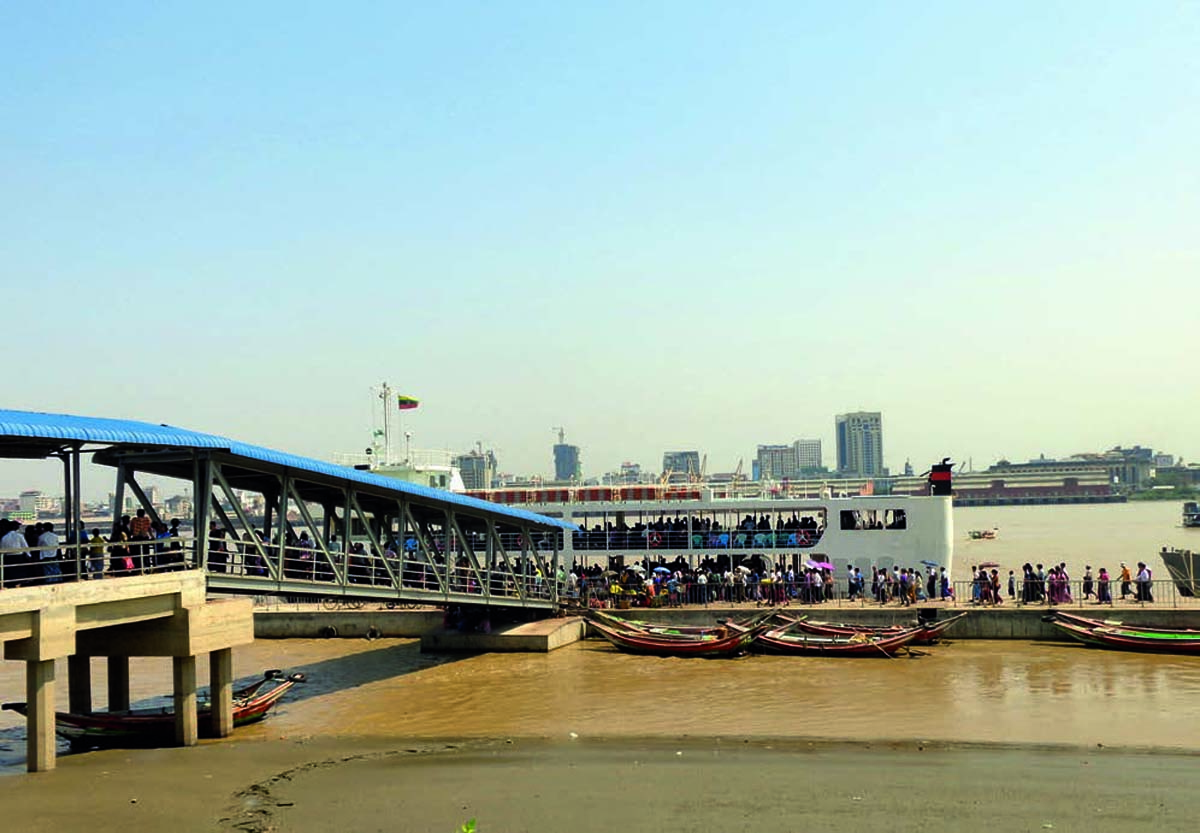
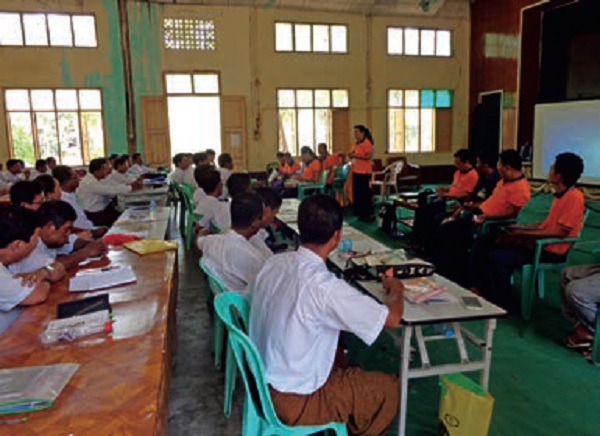
The Township Action Plan had to identify a development strategy supported by short, medium and long term actions to substantiate the strategy. Apart from taking care of its acute water problem and improving other services, Dala’s strategy is to develop its large waterfront for recreation and tourism through private sector inputs and to become an education hub using to its advantage its proximity to the city centre. Insein has a strategy of focusing on upgrading markets, improving the industrial zone and developing additional economic functions for the city: cleaning and repairing drainage systems and creeks, improving mobility and redeveloping the railway stations on the circular railway line as commercial centres. Shwe Pyi Thar has prioritized industrial pollution control and planting trees to improve the environment, improvement of health facilities, construction of a new jetty for goods traffic from industries and riverfront development. Shwe Pyi Tar wants to prepare a land-use plan, especially for future development.
The Next Steps
The next stage of turning action plans into resourced projects is critical for public support and engagement in the process. The Mayor of Yangon has expressed his interest and support for the action plans. The Action Plans have generated a lot of public interest and discussion in the townships. It has been agreed to form an implementation committee in each township with YCDC and township members to investigate the resources and expertise required to take some immediate actions. This can include government, private and community inputs.
While this exercise in action planning may lead to some concrete improvements for the inhabitants of the three townships and may encourage townships to work with local stakeholders to realise their vision, its real value lies in its demonstration effect: good Township Action Plans can be prepared locally to address local priority issues with the involvement of township stakeholders.
This has generated interest among urban institutions at the national, regional, city and township levels and professionals in Myanmar to take this methodology forward to other townships.

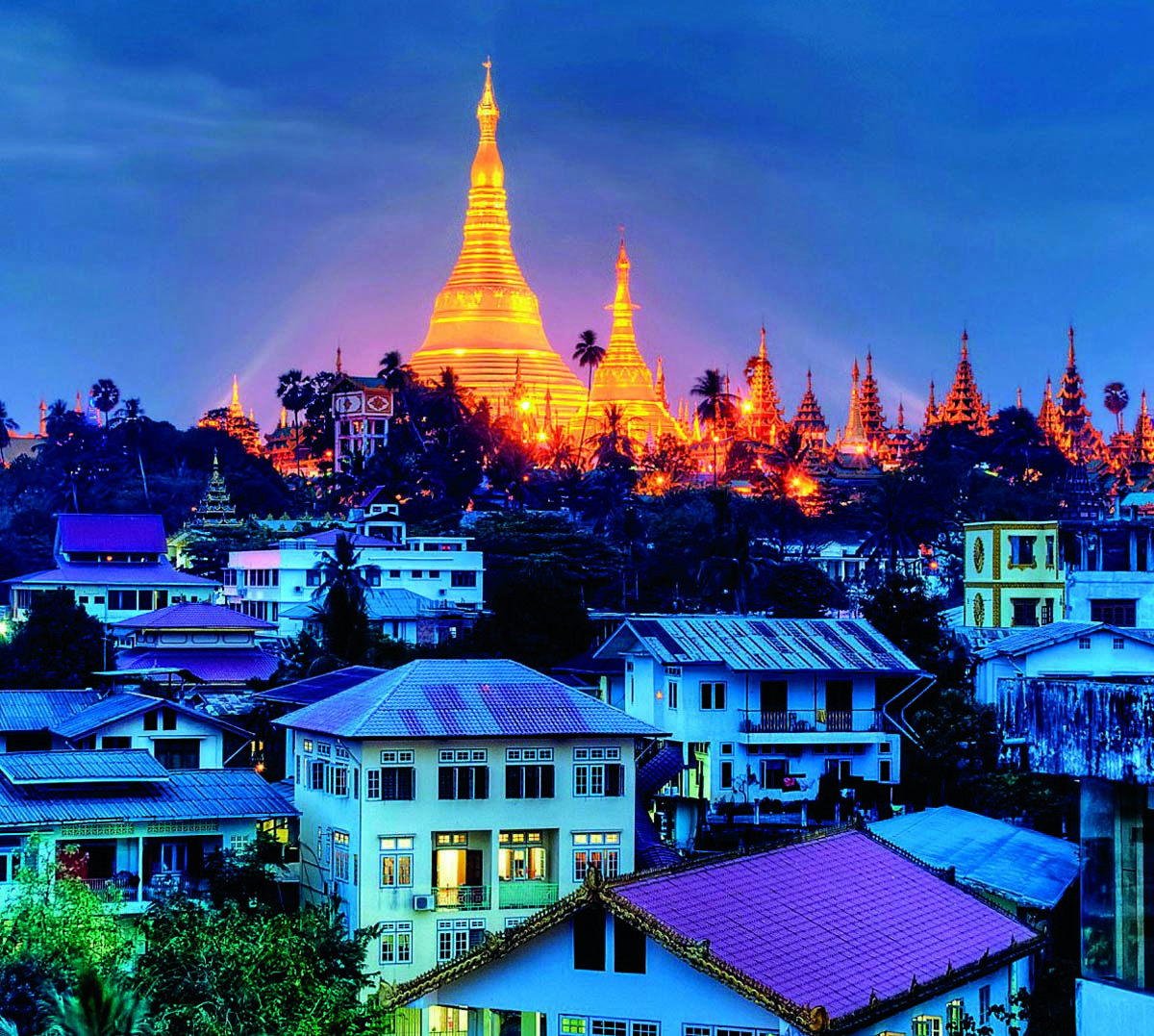
Comments (0)